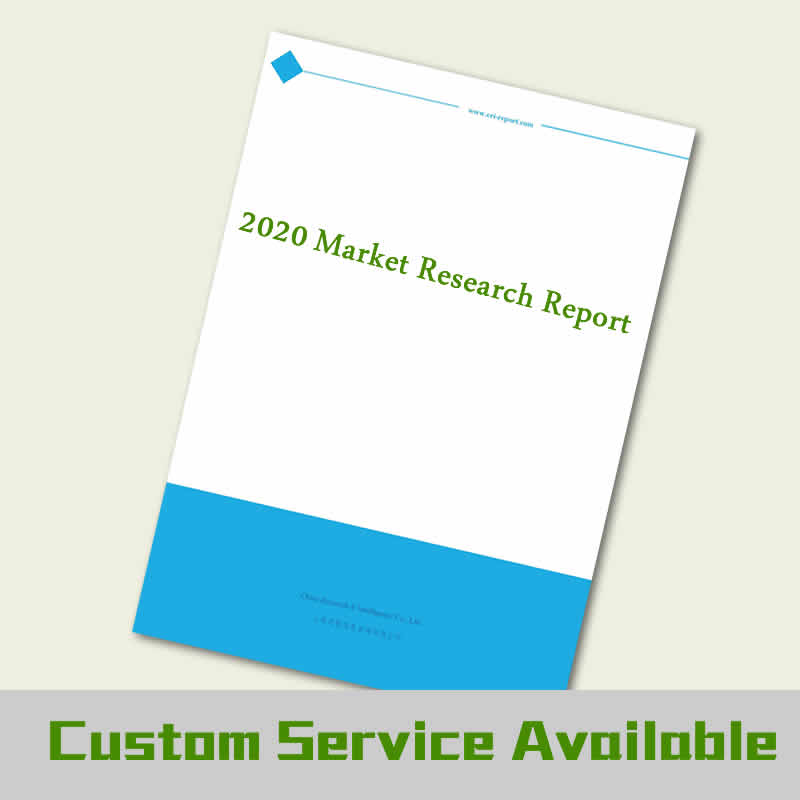Description
Global Commercial Shipbuilding Comprehensive Market By Product Type (Cargo Ships, Tankers, Fishing Boats, Specialist Ships, Passenger Ships and Others); By Application (Cargo Transport, Passenger Transport and Others); By Region (North America, Latin America, Europe, Asia-Pacific and Middle-East & Africa) – Analysis of market share, size & trends for 2016-19 and forecasts to 2030.
Global Commercial Shipbuilding Market
Product Overview
Commercial shipbuilding is a shipbuilding operation along with floating ships, in particular for commercial reasons. In a particular building, the building process takes place, i.e. Shipyards by experienced professionals, known as shipbuilders. In the market there are several different types of shipbuilding containers, tankers, fishing vessels, specialized ships and passenger ships.
Market Highlights
Commercial Shipbuilding Market is estimated to reach the market share of USD XXXX billion from USD XXXX billion in 2019. The Commercial Shipbuilding Market is projected to grow at a CAGR of XX% during the forecast period, i.e., 2020-2030. The market is anticipated to grow due to several reasons.
Global Commercial Shipbuilding Comprehensive Market: Segments
Passenger Transport segment is anticipated to drive the overall market growth during the forecast period
On the basis of application, the global commercial shipbuilding market is categorized into cargo transport, passenger transport and others. The Cargo transport has remained a dominant stakeholder of the commercial shipbuilding market with a market share of USD XXXX million in 2019. During the forecast period, the Passenger transport system is likely to boost the commercial shipbuilding market due to water transport being the most cost-effective mode of transportation, improving standard of living of people in developing economies where population is growing and does not require huge investment.
Global Commercial Shipbuilding Comprehensive Market: Market Dynamics
Drivers
Increased Water Transportation
Increase in maritime transportation of goods, humans and other things is one of the major factors which are boosting the commercial shipbuilding market. Moreover, after the LPG reforms, there has been a rapid industrialization and trade policies has become quite liberal propelling the volume of international trade. The foreign direct investments have increased significantly which has helped people to earn more and improve their standard of living.
Restraints
Increasing Competition from Rivals
As the number of players has increased in the shipbuilding market, there has been a significant increase in competition which poses a serious threat to the other rivals’ growth in the market. Innovation of new technologies and fuel-efficient techniques are likely to gain more attention in the forecast period.
Global Commercial Shipbuilding Comprehensive Market: Regions
Global commercial shipbuilding market is segmented on the basis of regional analysis into five major regions. These include North America, Latin America, Europe, Asia-Pacific and rest of the world is classified as Middle-East and Africa.
Asia-Pacific is projected to be the fastest growing region with a CAGR of XX%
North America and Europe held the largest market share in 2019 due to presence of various vendors. But for numerous factors, the Asia-Pacific region is seeing rapid market growth, such as increasing regional maritime transportation, improving standard of living and various policies implemented for developments in AI technology. During the forecast period, over 86% of overall market growth to originate mainly from China, South Korea and Japan. Hence, APAC is to drive the overall growth of the market in the forecasted period.
Key Players
• Hyundai Heavy Industry
o Company overview
o Business Strategy
o Key Product Offerings
o Financial Performance
o Key Performance Indicators
o Risk Analysis
o Recent Development
o Regional Presence
o SWOT Analysis
• Daewoo Shipbuilding
• Samsung Heavy Industry
• Hyundai Samho
• Mitsubishi Heavy Industry
• Tsuneishi Shipbuilding
• Oshima Shipbuilding
• BAE Systems Plc
• General Dynamics Corp
• Others
Global Commercial Shipbuilding Comprehensive Market Report also contains an analysis on:
• Commercial Shipbuilding Comprehensive Market by segment:
o By Product Type
• Cargo Ships
• Tankers
• Fishing Boats
• Specialist Ships
• Passenger Ships
o By Application
• Cargo Transport
• Passenger Transport
• Others
o By Region
• North America
• Latin America
• Europe
• Asia-Pacific
• Middle east and Africa
• Commercial Shipbuilding Comprehensive Market Size
• Commercial Shipbuilding Comprehensive Market Dynamics
• Supply and Demand
• Current Issues/trends/challenges
• Competition and Companies Involved in the Market
• Value Chain of the Market
• Market Drivers and Restraints
China’s shipbuilding industry completed 33.24 million deadweight tons in 2020, down by 2.6% YOY



